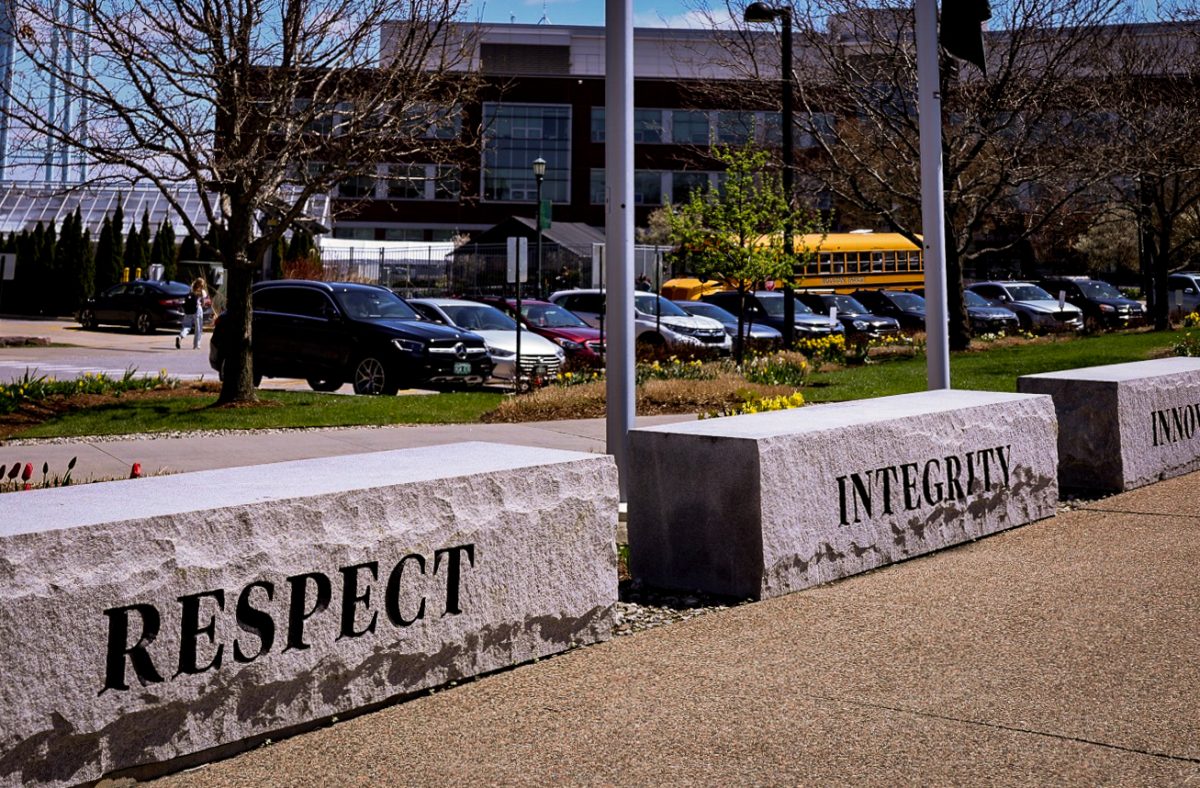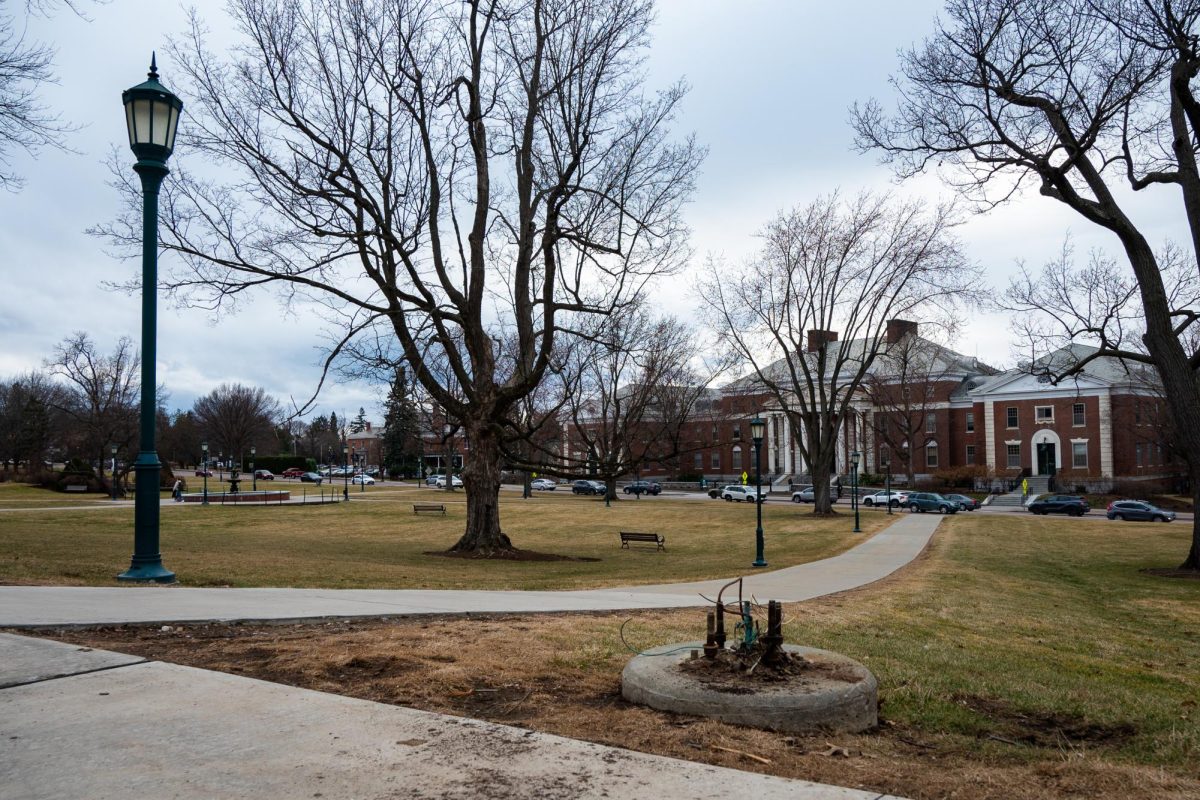The city of Burlington and the University of Vermont, with the help of Senator Patrick Leahy (D-VT), recently bought and began to outfit a fleet of compressed natural gas (CNG) buses on the UVM campus.
“To me, what stands out is the University and city collaboration,” said Gioia Thompson, the environmental coordinator and sustainability director for UVM.
Leahy obtained a $2.7 million grant for UVM for the project. The grant pays for 80 percent of the purchasing of the new buses.
“They’re better workhorses of a bus and it has a chance to run clean and run more students more effectively,” Katherine Decarreau, Director of Parking and Transportation, said.
The new bus has a higher weight limit than the current fleet of buses.
According to Decarreau, the buses are a cooperative program between UVM and Burlington, especially since the CNG buses take a specialized filling station that Burlington was able to provide at their Pine Street Public Works facility.
The new buses are costing UVM $72,000 per bus, down from $360,000 due to assistance from the grand money, which covers 80 percent of the cost.
By the fall of 2008, UVM’s bus fleet will have six of the CNG buses and four of the modified school buses.
According to Decarreau, the new buses are also an upgrade in comfort from the modified school buses that currently dominate the UVM bus fleet.
“We can put 75 people in relative comfort in the new buses, which is about a 20 percent increase from the modified school buses,” Decarreau said.
“The modified school buses caused disabled students to lose dignity as they had to be lifted up, they can get themselves onto the new buses by wheeling themselves up ramps,” Decarreau said.
CNG buses differ from the diesel buses in that the fuel in the cleaner and in a gas state rather than liquid form.
“In terms of air pollution and breathing, it’s definitely better,” Thompson said.
According to Thompson, this is important since many of the buildings around campus pull in air for the buildings, with polluted air, the building’s air is compromised.
“It [the CNG] comes from Canada, which is a more stable source of fuel than the Middle East,” Decarreau said, illustrating other benefits to the new buses.
According to Thompson and Decarreau, the new CNG buses also have the potential for hy-drogen, when the technology is developed, without needing a new engine. “The CNG buses could be hydrogen in the future,” Thompson said.
“I don’t know anybody else with CNG buses,” Thompson said. “We’re kinda taking the next step here at UVM.”











